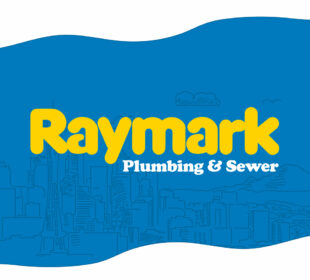You May Be Aware Of Sewage Spills From Local News Reports.
There were over 30 sewage spills or overflows in 2020, and more than several water and sewage overflows to date in 2021. As a result, beaches close and shellfish, marine life, sea birds, and salmon habitat are adversely affected.
In our technological age, it seems inconceivable that untreated sewage can spill directly into our waterways. But there are several reasons why this happens.
Overflow
Stormwater begins with rain. Rainwater becomes stormwater as it picks up debris and pollutants from our city roofs, streets, cars, and yards. Most Seattle stormwater carries these pollutants directly into our lakes, streams, and into Puget Sound; the water is not directed to the water treatment plants. Therefore, we all play a large part in keeping our waterways clean.
In addition, many drains collect stormwater and then combine with pipes that also carry sewage and wastewater. This combination of stormwater and wastewater means that when the volume of water is great, systems can become overwhelmed and overflow. The combined storm and waste waters bypass the treatment plant, resulting in untreated sewage flowing into our waterways.
Treatment Plants
Another factor is that treatment plant pumps have stopped working when they lose power in a storm, allowing wastewater to bypass the system.
Plus, treatment systems need relief points. During storms when the system’s capacity is exceeded, these points are where the overflows occur. Millions of gallons of wastewater have spilled over the years in overflow locations along Lake Washington, the Ship Canal, Elliott Bay, Puget Sound, and more.
Population and Climate
Population and climate change are also factors in sewage spills. Much like Seattle roads were not planned to accommodate the numbers of people driving them daily, our sewer system was not designed to process the wastewater and stormwater we currently experience. Record rainfall and flooding impact our environment and systems, as do record numbers of residents.
In addition, more housing developments means more pavement. Trees, plants, and soil absorb and filter water before it flows into drains, streams, and lakes. Concrete and asphalt do not absorb water or allow water to filter through the earth before returning to the sea. Preventing the flow of water contributes to flooding.
What We Can Do
The fact that we have sewage treatment plants is progress in itself. With increases in storm and wastewater, the City of Seattle and King County are working to address our current issues as well as prepare for future ‘what if’ scenarios.
New storage tunnels are being built in Seattle to increase stormwater and wastewater capacity and avoid spillage. With increased storage, untreated water can be retained until the treatment plant is ready to process it.
In addition, Seattle residents play a key role by making decisions based on our best future, including reducing waste and helping stormwater recycle.
We can:
- Put pet waste in the garbage. Don’t let it decompose and flow into storm drains.
- Fix vehicle leaks immediately so fluids do not flow into waterways.
- Wash your car at a car wash. They recycle their water.
- Install permeable pavement that allows water to flow in and under it.
- Use small amounts of slow-release fertilizer in gardens and on lawns, and avoid using chemical pesticides.
- Read about Green Stormwater Infrastructure.
- Create a rain garden to collect and filter water from paved surfaces.
- Don’t dump anything down a storm drain.
- Don’t flush garbage down the toilet.
Call Raymark Plumbing & Sewer for all of your drinking water and wastewater needs. We contain water, and we keep water flowing. (206) 440-9077.




